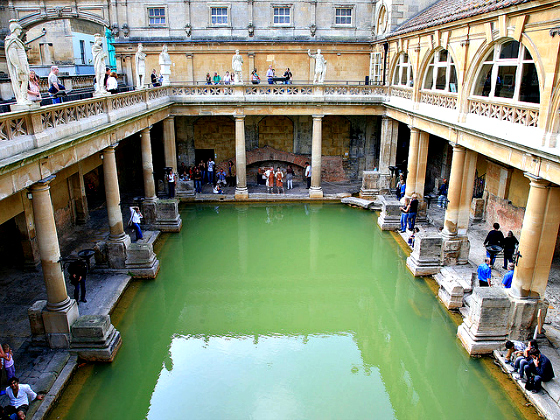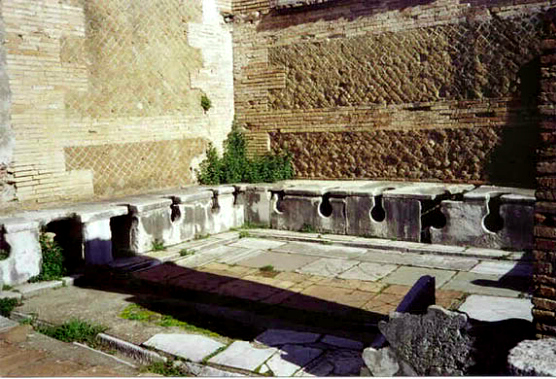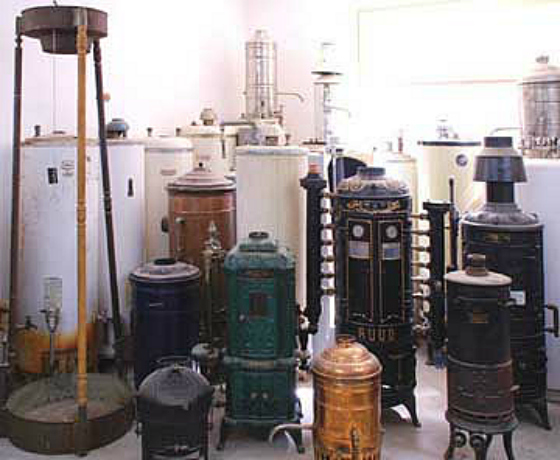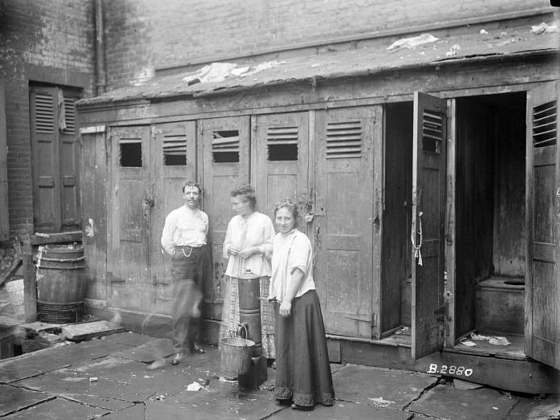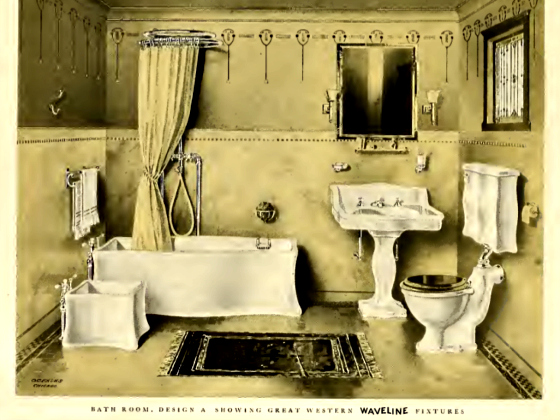It’s a typical weekday morning. You roll out of your warm cozy bed and head straight to the restroom. You turn on the sink faucet and brush your teeth. Next, you use the porcelain throne to answer nature’s call and back to the sink, you go to wash your hands. You turn on the shower, adjust the temperature to your desired setting and enjoy a refreshingly nice warm shower to begin your day. It’s a routine we all go through everyday but have you ever stopped to think what you would do if indoor plumbing didn’t exist? Well, believe it or not , there was a time in history when it didn’t exist! That’s right! No more flushing toilets or warm DAILY showers for you!! Take a step back in time with us and get a glimpse of what it was like to be without modern day plumbing throughout the centuries.
Did you know that the Romans were one of the more advanced civilizations when it came to plumbing?! They had public toilets, indoor plumbing, underground sewer systems, public bath houses and who can forget the aqueduct which made it all possible!
Forget privacy and stalls! The call of nature was far too urgent for shyness during Roman times! Communal public toilets were simply a row of seats with no dividing walls to hide your business. Now you may be wondering what they used for toilet paper, right? Well for the most part anything found in nature like leaves and moss was common. However, there was one other way to deal with this dilemma. As you can see from the pictures above, the opening of the “toilet” runs from the top of the seat all the way to the front. We know why it’s open at the top of course but the bottom hole was used to store what is called a “spongia” or a sea sponge which was attached to a stick. I’m sure you get the idea.
The first residential gas water heaters were introduced to homes in the 1880’s by a Norwegian mechanical engineer named Edwin Ruud. Although today’s water heaters are much larger, echo friendly and efficient, these functioned in a very similar manner and had some of the same basic features you see in water heaters today.
When larger cities began sprouting across the good ol’ US of A indoor plumbing was still very rare especially in poor communities and in the countryside. Many people relied on community outhouses or indoor latrines to take care of natures urgent call and you can forget about turning on a faucet to wash your hands after a visit to the local port-a-potty! Water had to be pumped from a local well to get clean water. Germs and disease definitely run a muck during this time and quickly became a major health concern.
Unless you were well off, most people couldn’t afford the luxury of a daily or weekly bath in the comfort of their own home. In fact, only about 14% of Americans owned a bathtub in the 1910s. To address this issue, many larger cities opened public bathhouses to provide poor communities with access to clean showers.
Much like our ancestors before us, the need for basic plumbing services has led to major strides in today’s plumbing systems. New regulations and codes ensure that our plumbing systems run smoothly to help protect us from disease. Newer water-efficient plumbing fixtures such as toilets and showerheads reduce water consumption in the home which in turn help lower water bills while preserving our natural resources. These and many other innovative plumbing techniques allow us, as certified plumbers, to help you maintain a healthy home with clean running water so that you can start your day off with a refreshing warm shower in the comfort of your home.

